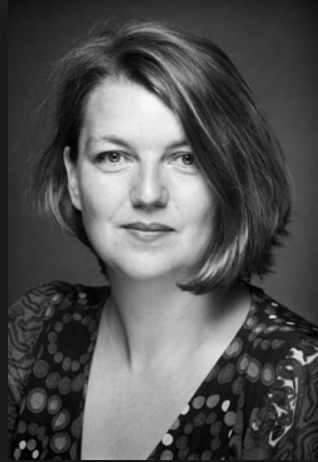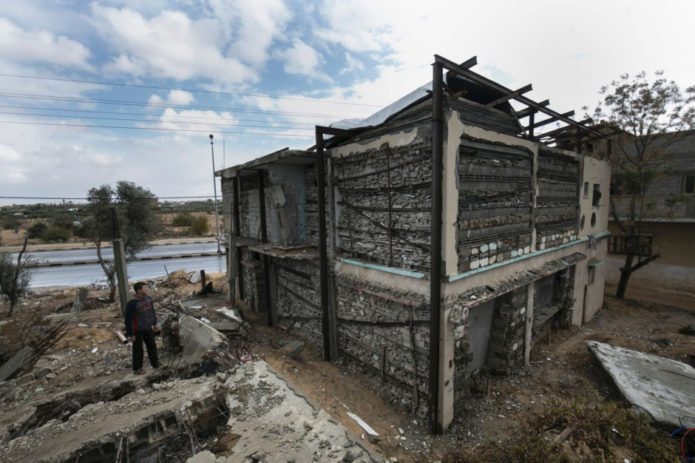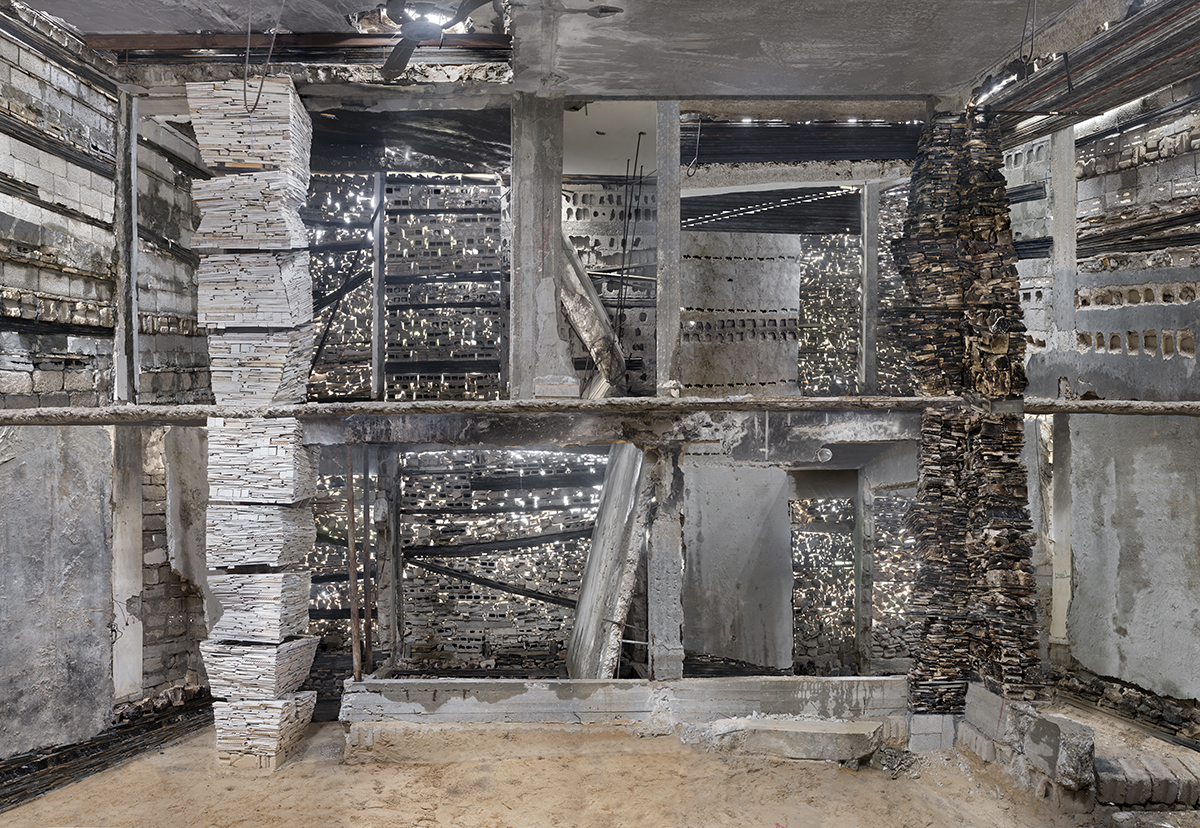 Marjan Teeuwen, Verwoest Huis Gaza (2016-2017)
Marjan Teeuwen, Verwoest Huis Gaza (2016-2017) Verslag: Live Conversation HOME #4: The Politics of autonomous art
On Saturday afternoon September 2nd 2018, Framer Framed hosted the fourth and final event in het context of the exhibition HOME, titled The politics of autonomous art. The motivation for this discussion was found in the letter Your Art Work in Gaza, the Rubble House by Palestinian architect Salem Al Qudwa; a critical response to Marjan Teeuwen’s artistic interventions in Gaza. Curator of the exhibition HOME, Meta Knol and philosopher and theatre maker Jaïr Stranders were present in the exhibition space of Framer Framed in Amsterdam North. Chris Keulemans was the moderator of the conversation.
During this afternoon, a wide array of topics related to the act of viewing the work both in Gaza and Amsterdam were touched upon. Central to the discussion was the tension between art as autonomous expression by the artist, who has brought her own intentions and associations to the project and the artwork as political statement in the reading of (part of) its audiences. The discussion turns to the different meanings the work acquires from presenting it on-site in Gaza and in the ‘white cube’ context of Framer Framed. What happens to the meaning of the work when presenting it in a clearly highly charged political context versus here in an ‘art context’ that emerged out of a wish of being completely autonomous or ‘separated’ from the political sphere, but can never fully escape from its present condition? Destroyed House Gaza originally was built at the spot of a family home that was bombed in 2014. Can we look at this work as an autonomous work of art, and is there a political meaning to a work that is being defined as autonomous, or is created by an artist who refers to herself as autonomous?
Salem Al Qudwa, is an architectural engineer and has extensive experience in Gaza when it comes to reconstructions and shelter projects and aims to establish affordable design for ordinary people in Gaza. His research revolves around how to engage local affected communities in the building process and how to empower them by developing buildings that fit their socio-cultural profile and make use of affordable resources. In fact his works are a series of self-help housing, making use of existing materials and are of vital importance for the communities living there.
In relation to his own practice Al Qudwa wrote Your Art Work in Gaza, the Rubble House, a public letter to Teeuwen about her work. This letter was published online around the same time as the exhibition at Framer Framed opened. Al Qudwa’s and Teeuwen’s practice relate in dealing with processes of construction and deconstruction. Each of their respective practices address the power and energy that is housed in deconstruction. However, Ad Qudwa questions the effect and the intentions of Teeuwen’s work as in his understanding Teeuwen’s own experience and goals are prioritized over those of the local communities. As Salem writes: ‘Instead of utilizing the funds you had in rehabilitating the house, money is wasted by someone who is trying to have fun in Gaza.’ Al Qudwa’s critique is that Teeuwen is not taking into account the future of the family and the emergency of the situation.
Meta Knol responds to Al Qudwa’s position and explains that Teeuwen has been creating a series of art works in the Netherlands, similar to the one she produced in Gaza. It was the first time that Teeuwen worked in a ‘crisis zone’. In Teeuwen’s work, the visualisation of rhythms of ongoing construction and deconstruction are thus not specifically related to a political context. Even though Knol is aware of the concerns that Al Qudwa has voiced, she believes the work as such is autonomous and Teeuwen’s artistic language is central to the project. Knol states that Teeuwen went to Gaza without a solution and without judgment. The local response during the building process was positive, as people showed appreciation and a small group of locals helped in the construction of the project. It was also agreed that the nature of the work was temporary and that the people who had previously lived in the building have started building a new house on site, after the project was realized.
When the work was finished, Teeuwen received many approving responses, as people explained they were ‘helped’ by the work. Not because it gave them any material solutions to their crises, but it offered them a place of contemplation. The local community recognised the work as a metaphor for the act of picking up the pieces and placing them back together – both physically and mentally – to make the best out of a situation and start again. It is in this important symbolic function that the house brings value to Gaza. Because of this function, Knol sees the work as an autonomous art work, albeit placed in a complex context. Local people thus appreciated the beauty that was created from the ruins.
Al Qudwa explains that he understands why the work of Teeuwen is being validated as a work of art, but also expresses that the attention that is now given to this work takes away attention from equally interesting projects and art created by the people who had been living in Gaza themselves, as well as from the beauty that is present in the processes of reconstruction going on in Gaza in any case, outside of an artistic context. Unfortunately, only when an artist from outside of that local context steps in, that beauty is being recognised by others.
The discussion then turns to what it means to present the work within Amsterdam in the ‘white cube’ context of Framer Framed and what Knol as a curator would like to achieve by presenting it there. She explains that she would like to bring the situation of Gaza closer to a Dutch audience. She wanted to give a voice to the people who have experienced the work in Gaza by introducing journalists and photographers into her curatorial project, so that both the aesthetic quality and visual language of the work itself, as well as the local meaning for the people in Gaza would be understood here.
Knol emphasises that there is a universal meaning to the local readings from Gaza, as war affects all its observers, even distant ones. The work invites distant audiences to think about what is happening in other parts of the work. For Knol, the aim of the exhibition project was not to make a very explicit statement about Gaza or present art works that explicitly deal with that political context, but to give viewers here the opportunity to experience the multidimensional layering of the work. She invites audiences to look at the aesthetics of the work as a poetic quality.
Knol believes there is no such thing as an autonomous art work, as the work itself does not have a will, it is the mind of the viewer that makes it autonomous. It is also important to realize the white cube as a context of viewing artworks is far from neutral, a work is always seen through a particular gaze, and the gallery space frames the possibility of gazes. Knol therefore would like to see the essential importance of the intention of the artist and the authenticity of that intention. Even though Teeuwen defines herself as an autonomous artist, the work cannot be autonomous. The artist may defend her autonomy and protect her artistic freedom but she is not in control of the meaning a work accumulates in interaction with its audiences.
In that same vein, Jaïr Stranders agrees that autonomy does not exist, because a work of art does not mean anything until it is seen. Even though he thinks it is interesting to hear what the intention of the artist is, it is always possible to come up with a reading of the work or find meaning without knowing about the artistic intention. In this sense ‘autonomous art’ is a hollow phrase, as only the people who relate to the work can put intentions, meanings and layers into it. Traditionally, it was thought meaning arises when a viewer experiences the art work, and that experience is the meaning of the art work. So the meaning lies in the moment that an interaction is established, making that ‘here and now’ moment essential. Stranders explains that this work is exemplary for a larger movement of thinking about the relationship between art work and viewer, as with this project, there is no longer one traditional viewer, but a layering of different types of viewers.
This process of accumulation of meanings is even more interesting in case of this work, as people in Amsterdam perceive the work within a radically different context than audiences in Gaza. Knowing about the political context in which the work was created, but for neither of them it is possible to assume a neutral position towards the work. Stranders voices that what helps in viewing this particular work is the efforts of the artist. As she relates to a political situation by the means and visual language she already has, the work tells something not only about that particular context but also moves beyond that context.
Keulemans explains that he found an interesting distinction in Stranders work; between topicality and current political atmosphere (actualiteit versus tijdsgeest). Stranders elaborates on this remark by stating that some works actively engage with the current political climate, however all art works can become ‘topical’: in the sense that they can accumulate topical meanings depending on the context, time and place of their viewing. So the topicality is something that is brought by the context, the conditions of viewing automatically can bring a political meaning into that particular viewing of the work. Knol also explains that destroyed house Gaza is right on the border of being implicit and explicit, so the work is overtly topical, but never becomes explicitly political. Thereby the work forces us to bring our own response and bring our own political context to the work.
Knol states that as a curator she likes to take responsibility to communicate the intentions of the artist. In this case the ever present human act of building a home, and of rebuilding a home after one’s home is destroyed, makes up for an universal quality of the work. The act of recognising something aesthetically pleasing within a deconstructed environment, or recognising the beauty of reconstruction itself is another one of the universal poetic qualities of the work according to Knol. Thirdly, the play with the familiar quality of the home versus the strangeness of the structure Teeuwen has created is another example.
For Stranders, during this era, more than since a long time, the response a work asks from the visitors and spectators is not just an invitation but also a demand for us as spectators to redefine contemporary political conditions. To him it seems that ‘artists and art are the ones that have to do it these days, they are now [rather than media or politicians] the ones who call people to their responsibility to be more politically aware about situations’. The viewer is always bringing ‘what is not there’ and even though there is no explicit political reference present in the work, a political context is always looming. When the discussion opens up to the audience a point of the morality of bringing aesthetics into a political context is addressed. The work also brings up questions related to the morality of looking, and underlying assumptions about what an image should do or how an image can make people act. The discussion also turns to the topic of empathy, as by creating empathy or solidarity, some say a power relation between people is implied, those who are and who are not capable of changing the situation.
Closing remarks are made by Cas Bool from Framer Framed: this discussion has dealt with a lot of questions the organisation continuously asks itself and has pointed towards issues that are central to Framer Framed’s practice and space. Even though the gallery space is a ‘closed box’ that creates its own meaning and inherently gives rise to specific contexts of viewing, Framer Framed has also chosen to be a public space, and therefore has to deal with the consequences of the works and the people who show works within the space. It is vital to Framer Framed’s practice to show what is going on behind the scenes and to make these ongoing discussions visible. Such as this one, within the space through organizing discussions – in relation the projects they host within their space. It is very much appreciated that audiences respond to and criticize those practices and the activities of the organization – to gain value through discussion and critical reflection. Projects such as HOME offer opportunities to communal learning experiences and the rise of new thoughts.
Report written by Simone Wegman
Omstreden erfgoed / Midden-Oosten / Palestina /
Exposities
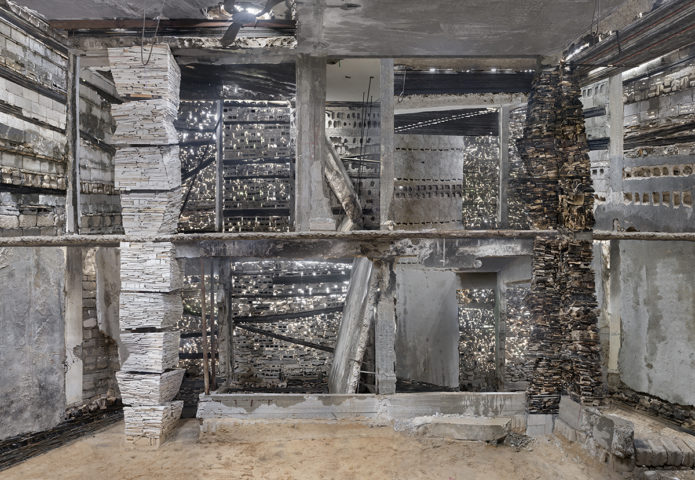
Expositie: HOME
Met werk van Marjan Teeuwen, Ezz Al Zanoon en Rawan Mahady samengesteld door Meta Knol
Agenda
Live conversation HOME #4: The politics of autonomous art
Een bijeenkomst in de context van de expositie 'Home' over de verondersteld neutraliteit van autonome kunst
Netwerk
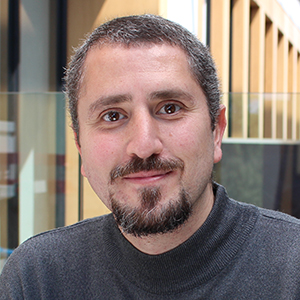
Salem Al Qudwa
Promovendus en onderzoeksassistent
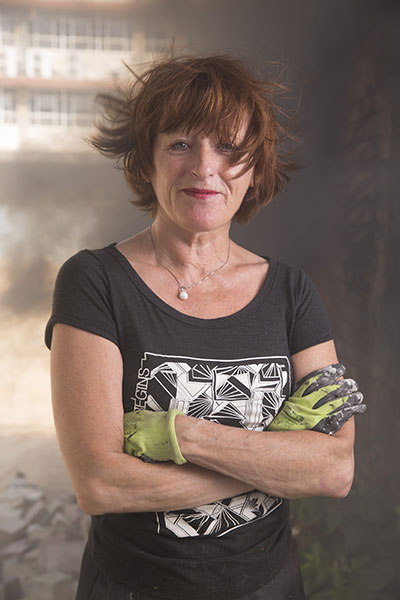
Marjan Teeuwen
Kunstenaar
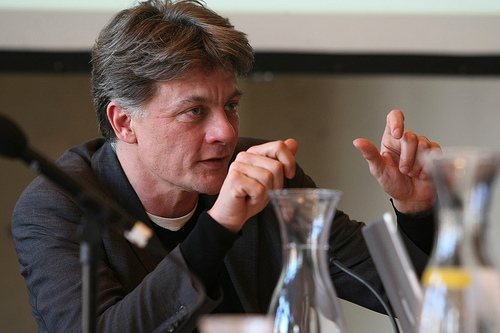
Chris Keulemans
Schrijver, verbinder en debatvoorzitter
